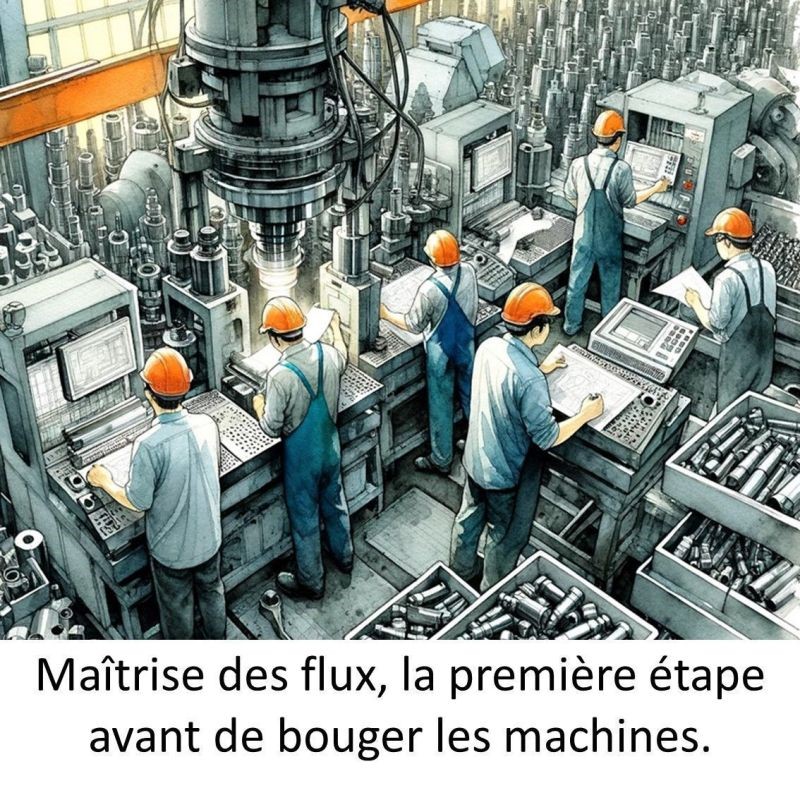 作者:李兆华
作者:李兆华
全文字数:655
阅读时间:2分钟
出处:https://www.linkedin.com/feed/update/urn:li:activity:7137718604170469376/
导言
在michael belle访台期间,他针对一个公认为高tps水平的公司,做了以下的提醒:tps的日常是人人、时时,能「看到异常(停线、等待、行灯亮⋯⋯)」,「持续地改善」以「满足顾客」。这句话看似言之成理,却难以落实。后半段的蓝字,每个人都喜欢,没有异议,但前半段的红字,却在现场看不到,普遍地不喜欢异常,以没有异常为傲,甚至撤掉线外的异常支持人员,让异常自然消失。正是michael 在各公司不断地提醒—「没有问题就是最大的问题!」这也是丰田生产方式建构「流动、拉动」,内建了以顾客、后工程为照妖镜,让异常无法遁形的真义。不喜欢坏消息、看不到异常、看不到异常管理的现场,当然无法持续改善、满足顾客。
正好看到marris consulting的linkedin 贴文,提醒了在花钱投资之前,在既有的环境中就有许多机会。这是丰田生产方式的一贯作法。
值此订单不足之际,正是将以往花钱买绩效,改变成「用既有资产、人力,满足顾客」新战略的契机,这需要ceo的决断与示范(又是人性的挣扎),才能上行下效。
reducing manufacturing or processing time in a factory is not just a matter of space or distance. many companies take the often costly strategic approach of repositioning their production floors and machinery. what is the goal? move workstations closer together to shorten the distance and thereby hopefully shorten delivery times. but be careful, the leverage to reduce delays is first to reduce the level of outstanding assets and control flows. process management can reduce lead times by a factor of 2 or 3 before investing heavily in rearranging workstations. this is a quick and important win!
减少工厂的制造或加工时间不仅仅是空间或距离的问题。许多公司采取通常是代价高昂的战略方法,重新布置其生产现场和机器。目标是什么?将工程移得更近以缩短距离,从而希望缩短交货时间。但要小心,减少延误的杠杆,首先是降低未偿资产(outstanding assets)和控制流动(control flows,减少停滞)的水平。在投入大量投资重新布置工程之前,先作流动管理(减少wip与完成品库存),可以将交货前置时间(lead times)缩短 2 或 3 倍。这是一场快速而重要的胜利!
动动脑:刊头的照片有什么问题?